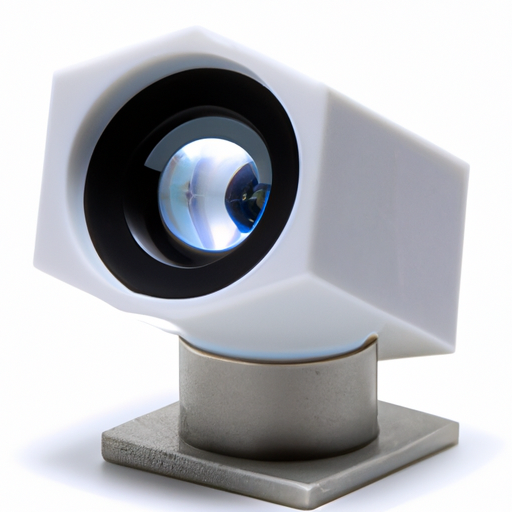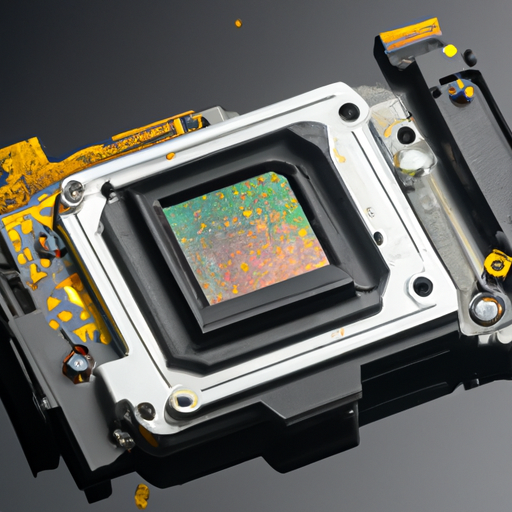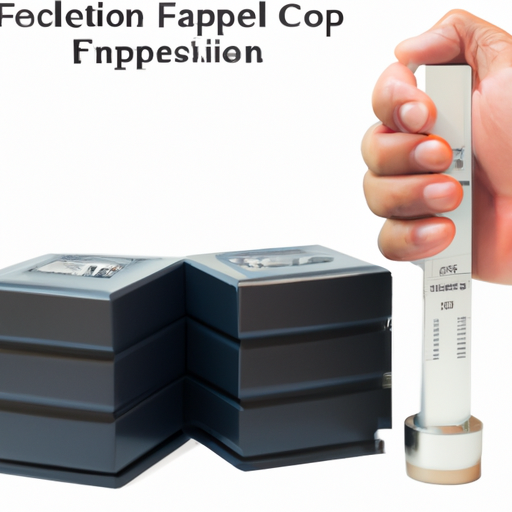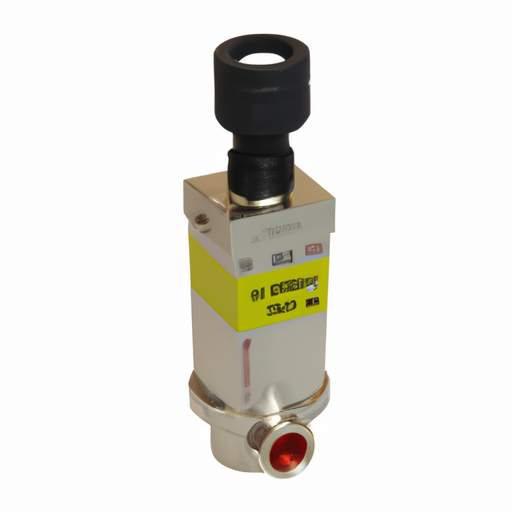application development in RTD (Resistance Temperature Detector) for MM74HC175N: key technologies and success stories
Application Development in RTD (Resistance Temperature Detector) for MM74HC175N: Key Technologies and Success Stories
Developing applications that utilize Resistance Temperature Detectors (RTDs) in conjunction with the MM74HC175N, a quad D-type flip-flop, involves several key technologies and concepts. Below, I outline the essential components, technologies, and potential success stories related to this integration.
Key Technologies
| 1. RTD Basics | |
| 2. Signal Conditioning | |
| 3. MM74HC175N Integration | |
| 4. Microcontroller/Processor Interface | |
| 5. User Interface | |
| 1. Industrial Temperature Monitoring | |
| 2. HVAC Systems | |
| 3. Automotive Applications | |
| 4. Medical Devices | |
| 5. Research and Development |
Success Stories
Conclusion
The integration of RTDs with the MM74HC175N and other components can lead to robust and accurate temperature measurement systems across various industries. By leveraging the strengths of RTDs and digital logic, developers can create innovative solutions that enhance monitoring, control, and data analysis capabilities. As technology continues to evolve, the potential applications and success stories in this field will likely expand further.
Future Directions
| Wireless Communication: Future applications may incorporate wireless communication technologies (like Bluetooth or Wi-Fi) to enable remote monitoring and control of temperature data.Wireless Communication: Future applications may incorporate wireless communication technologies (like Bluetooth or Wi-Fi) to enable remote monitoring and control of temperature data. |
| Machine Learning: Integrating machine learning algorithms for predictive maintenance and anomaly detection based on temperature trends could enhance system reliability and efficiency.Machine Learning: Integrating machine learning algorithms for predictive maintenance and anomaly detection based on temperature trends could enhance system reliability and efficiency. |
| IoT Integration: As the Internet of Things (IoT) continues to grow, RTD applications can be integrated into larger smart systems for real-time data analysis and decision-making.IoT Integration: As the Internet of Things (IoT) continues to grow, RTD applications can be integrated into larger smart systems for real-time data analysis and decision-making. |
By focusing on these advancements, developers can continue to push the boundaries of what is possible with RTD technology and digital logic integration.






